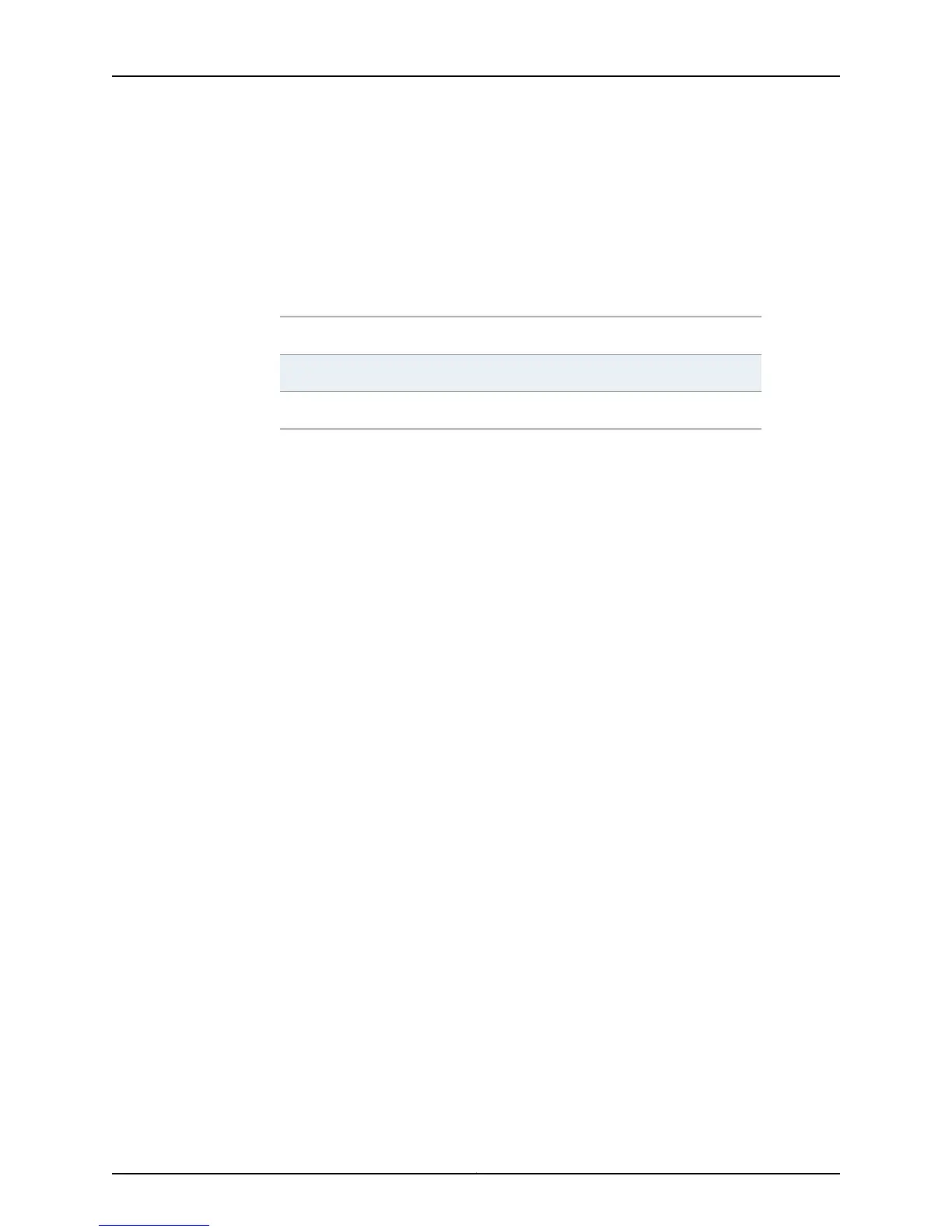Applying Table Maps
You can use the table-map command on a per-address-family basis to apply a route
map to modify IP attributes of BGP routes that are about to be added to the IP routing
table. In these route maps, you can use only the set clauses in Table 18 on page 80.
Table 18: Set Clauses Supported in Route Maps Applied with the
Table-Map Command
set metric-typeset distance
set route-typeset level
set tagset metric
set distance
• Use to set the administrative distance attribute on routes being installed into the routing
table that match the route map.
• Distance is used to establish preference between routes to the same prefix to identify
the best route to that prefix. Setting distance in any other circumstance has no effect.
• Example
host1(config-route-map)#set distance 5
• Use the no version to delete the set clause from a route map.
• See set distance.
set level
• Use to specify where to import routes when all of a route map’s match criteria are met.
• Example
host1(config-route-map)#set level level-2
• Use the no version to delete the set clause from a route map.
• See set level.
set route-type
• Use to set the routes of the specified type.
• Example
host1(config-route-map)#set route-type internal
• Use the no version to delete the set clause from a route map.
• See set route-type.
table-map
• Use to apply a policy to BGP routes about to be added to the IP routing table.
• The route map can include any of the clauses listed in Table 18 on page 80.
Copyright © 2010, Juniper Networks, Inc.80
JunosE 11.2.x BGP and MPLS Configuration Guide

